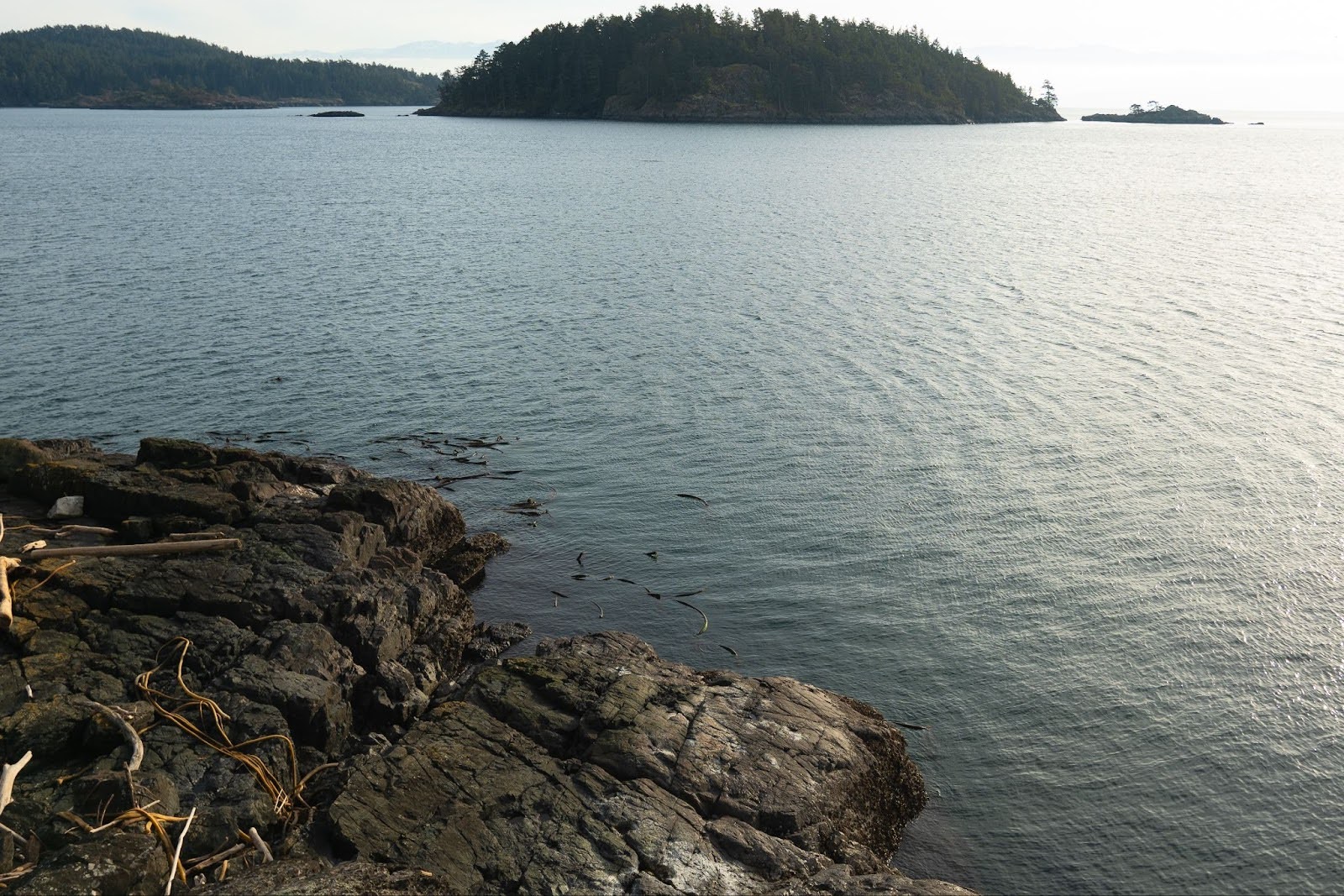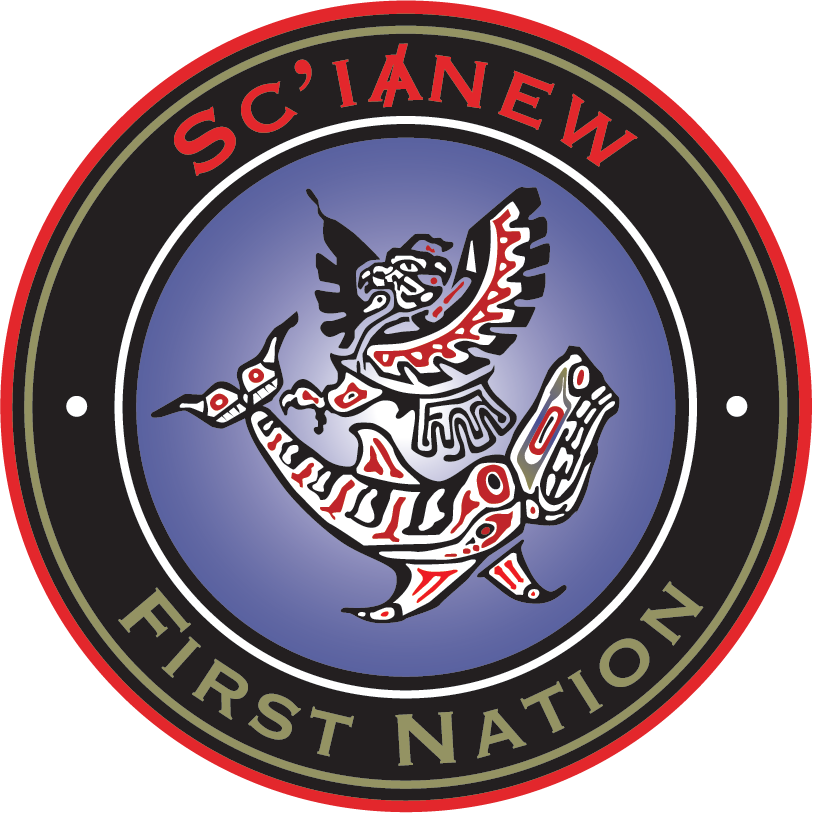Officially established in 2020, SC’IȺNEW’s Ocean Resources Department has quickly grown to include nine talented individuals who, through their passion and expertise, have become one of the most successful marine protection teams in the region.

The Department is tasked with the important work of monitoring and protecting the marine environment within SC’IȺNEW’s traditional territory and ensuring community members who work or practice traditional rights on the water can do so safely. The Department’s work, according to Project Manager Michael Campbell, naturally arises out of the culture. In Campbell’s words, “taking care of our environment is engrained within our culture – it has always been a part of us.”
The Department prides itself on excellence, and – with two vessels of its own and expertise ranging from scuba diving to operating marine vessels and drones – the Department’s highly trained staff are always ready to address emergencies within SC’IȺNEW’s territory and assist other nations.
The Department often manages more than a dozen projects at a time, spanning everything from emergency preparedness to developing new and innovative ways to monitor the environment. One of the many projects the Department is currently working on is a collaboration with the Western Canada Marine Response Corporation (WCMRC) and the Canadian Coast Guard to create oil spill emergency response plans. Oil spill response management is one of the primary needs that led to the creation of the Department, making this initiative a top priority.
Another current initiative of the Department is the expansion of its drone program. The Department is designing new drones and developing new sensing technologies to improve the Department’s ability to monitor air and water quality. The new sensors will be able to, for example, detect dangerous gases or volatile compounds in the case of a hazmat or oil spill event, providing increased protection for the Department’s team and the community. Air quality sensors will also create the ability to monitor the impact of increased industrialization and shipping traffic in and around SC’IȺNEW’s traditional territory.
Additionally, the Department is working with the Underwater Archaeological Society of British Columbia to start to gather and record data regarding underwater archaeological sites – such as reef net fishing sites – within SC’IȺNEW’s traditional territory.
Other examples of the many ongoing projects in the Department’s purview include providing important safety equipment – such as GPSs and lifejackets – to community members and monitoring the health of Eel Grass and Bull Kelp in SC’IȺNEW’s traditional territory. Because Eel Grass and Bull Kelp are at the bottom of the food chain, they are considered “key indicator species.” In other words, their health is an indicator of the health of the overall ecosystem. Over the last five years, the Department has dramatically improved its capacity to monitor these and other aspects of the ecosystem, allowing the Department to engage in real-time information gathering and emergency response.
Each of these projects – and, in fact, every project the Department takes on – is informed by the needs of the community and SC’IȺNEW’s culturally significant sites. An in-office Elder advisor consults on many initiatives, and the Department takes special care to survey the community – particularly Elders and cultural harvesters – to identify the most urgent needs.
The Department also connects with the community by working to ensure the safety of the Tribal Journeys event each year and by harvesting and distributing seafood to community members. Campbell calls these activities the most rewarding part of the job. Of the Department’s participation in Tribal Journeys, Campbell says:
A lot of us have been doing it for our entire lives but now we’re doing it at another level where we’re sort of helping to lead and guide the Tribal Journeys. Being able to see a lot of our youth and away-from-home community members take part in it – I think that is the most rewarding experience that I get through this job.
In the future, the Department hopes to install a hydrophone on SC’IȺNEW’s traditional territory to monitor whales and has dreams of expanding to become a hub for environmental monitoring, protection, and safety in the region.
The Department considers its ability to effectively collaborate to be the main reason for its success and is currently open to new opportunities for collaboration.
Community members can best collaborate with the Department by submitting ideas, requests, and recommendations regarding how the Department can best ensure safety for the community while monitoring and protecting the marine environment. Interested community members can submit information to the Ocean Resources Department directly or can send an email to reception@beecherbay.ca.
Organizations interested in collaboration are invited to email Campbell at michael@beecherbay.ca. Opportunities for organizational collaboration include exploring grant and other funding possibilities and sharing relevant studies regarding marine monitoring and protection. In Campbell’s words, “we are always open to collaborating with any organization that is willing to help us help the environment.”
To stay up to date on SC’IȺNEW’s initiatives, including those of the Ocean Resources Department, sign up for the SC’IȺNEW newsletter.

